To introduce the phrase, we started with a fun interactive session. Students listened to a short story (Kei te pēhea koe? By Tracey Duncan) where the characters greeted each other using Kei te pēhea koe? and responded in different ways. We practised answering with various emotions such as kei te pai (I’m good), kei te hianoe (I’m sleepy), and kei te pōuri (I’m sad). The tamariki loved acting out these emotions, using their faces and body language to match the words!
To reinforce their learning, we used picture cards showing different emotions and asked the students to pair the correct phrases with the pictures. It was amazing to see how quickly they picked up the responses and how much they enjoyed speaking in Māori.
In addition to our classroom activities, we practised a waiata that Matua Grant had introduced at Kapa Haka the previous week which had “kei te pehea koe?’ as part of the lyrics. Singing together helped the students remember the words while having fun.
We also had classroom discussions about why it is important to ask people “kei te pēhea koe?” and brainstormed ideas about what we could do if someone at school was sad or lonely.
What does “Kei te pēhea koe” mean? How are you feeling?
You are seeing if they are alright
When you see a person with a sad face or an angry face it would be a good time to ask them “ke te pehea koe”
It would be a good idea to ask someone walking by themselves in the Maze
If they are not feeling pai, you can do something funny to make them laugh
If they are sad you can be their buddy to play with
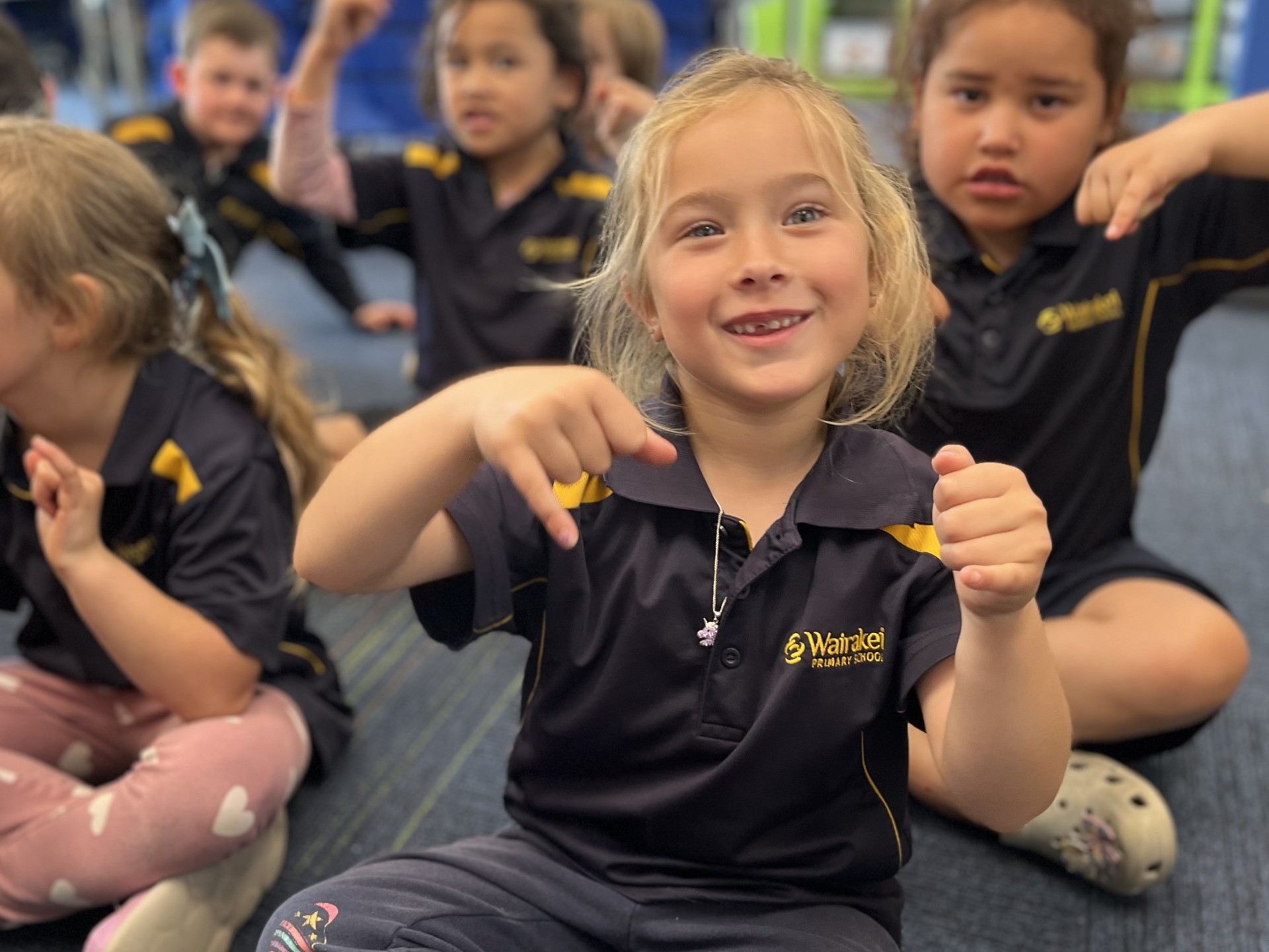
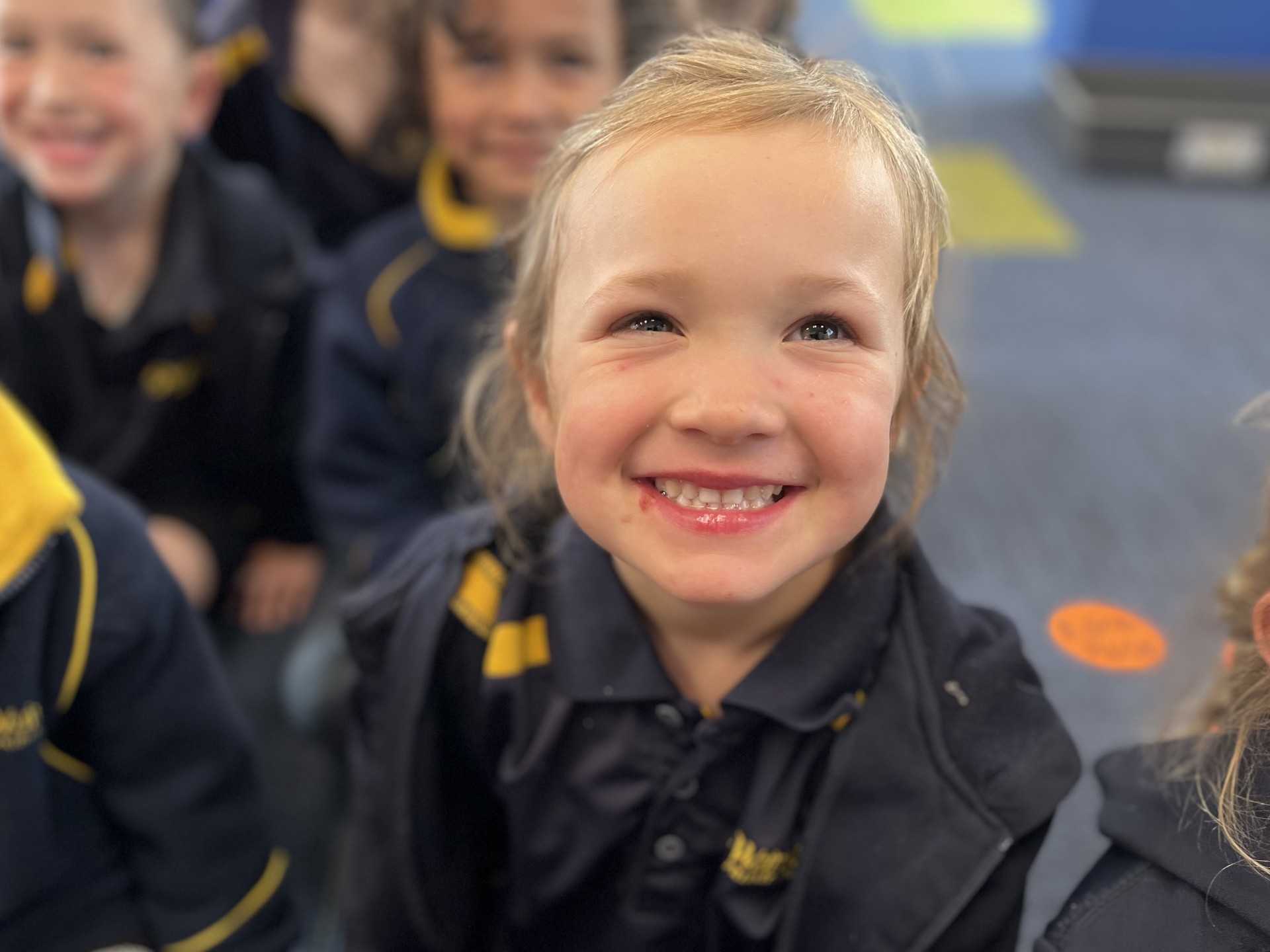
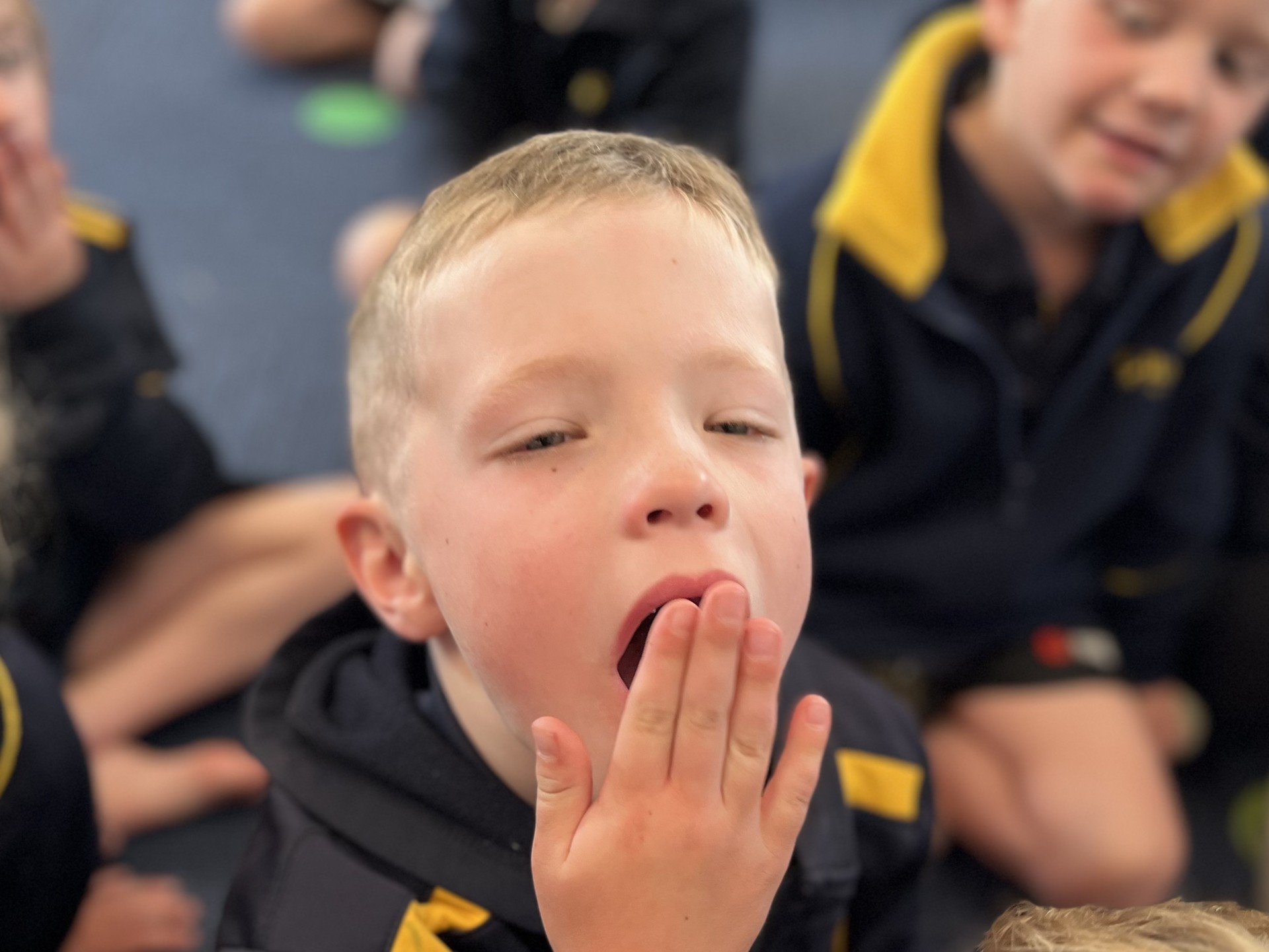
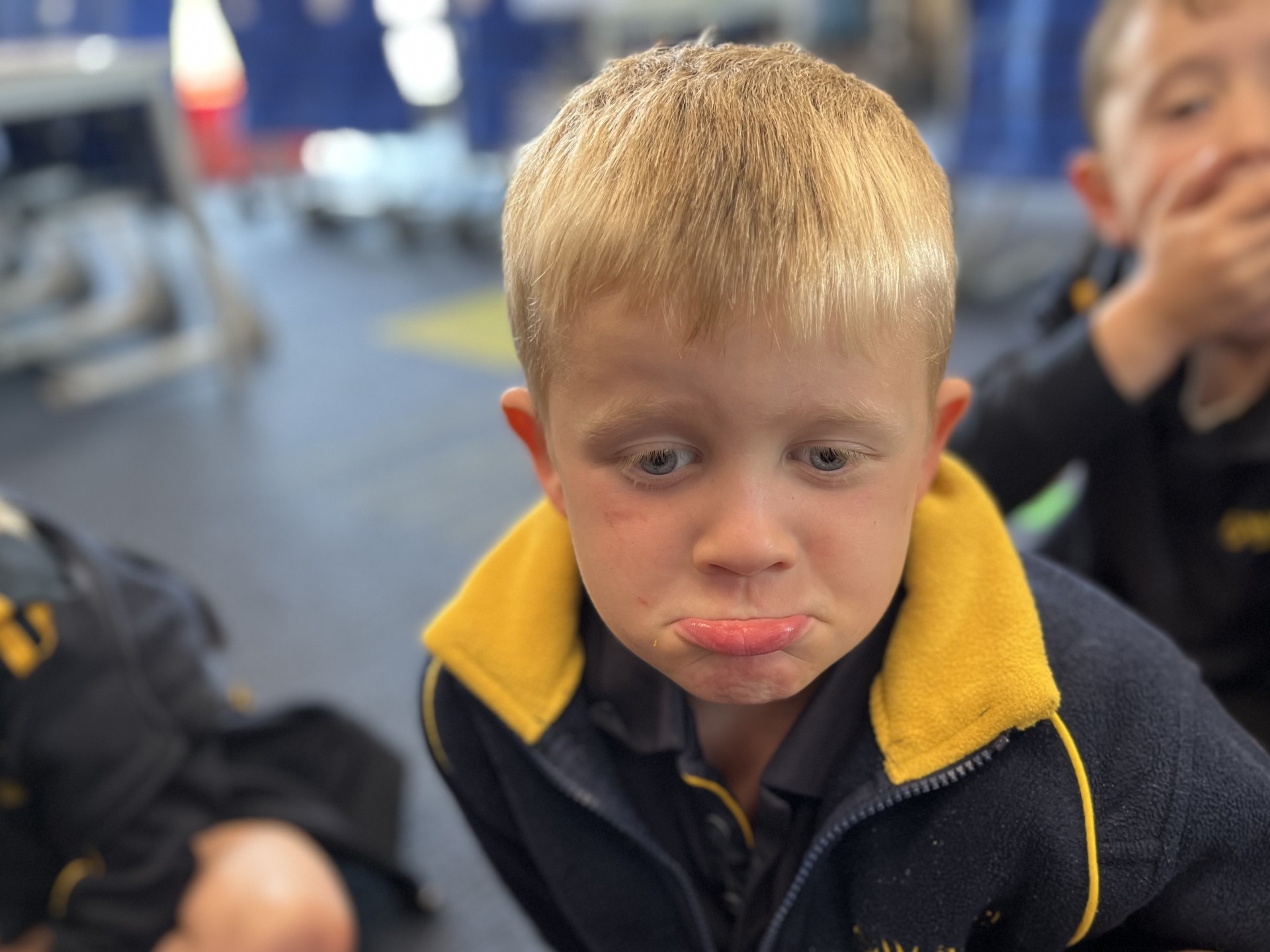
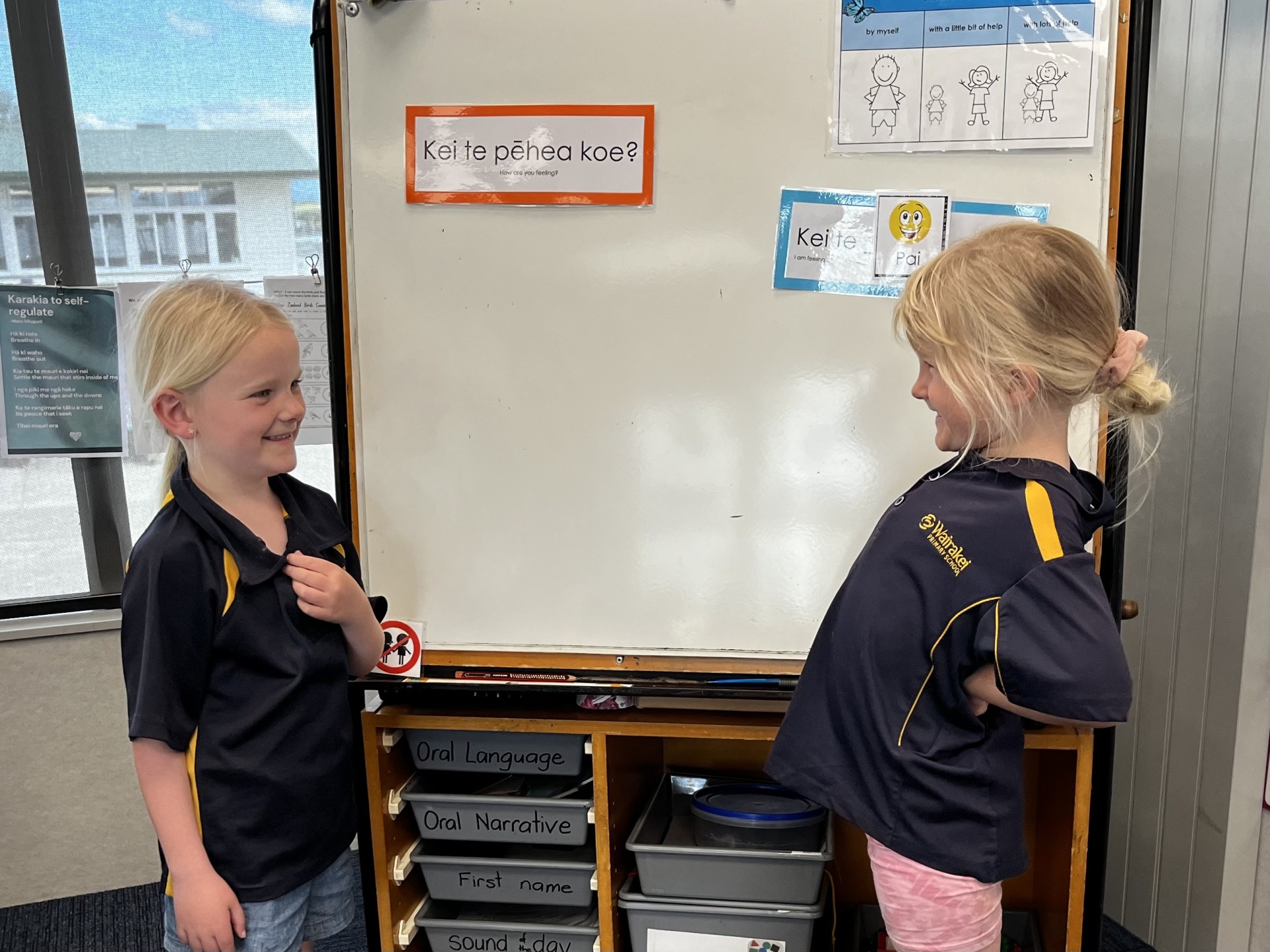
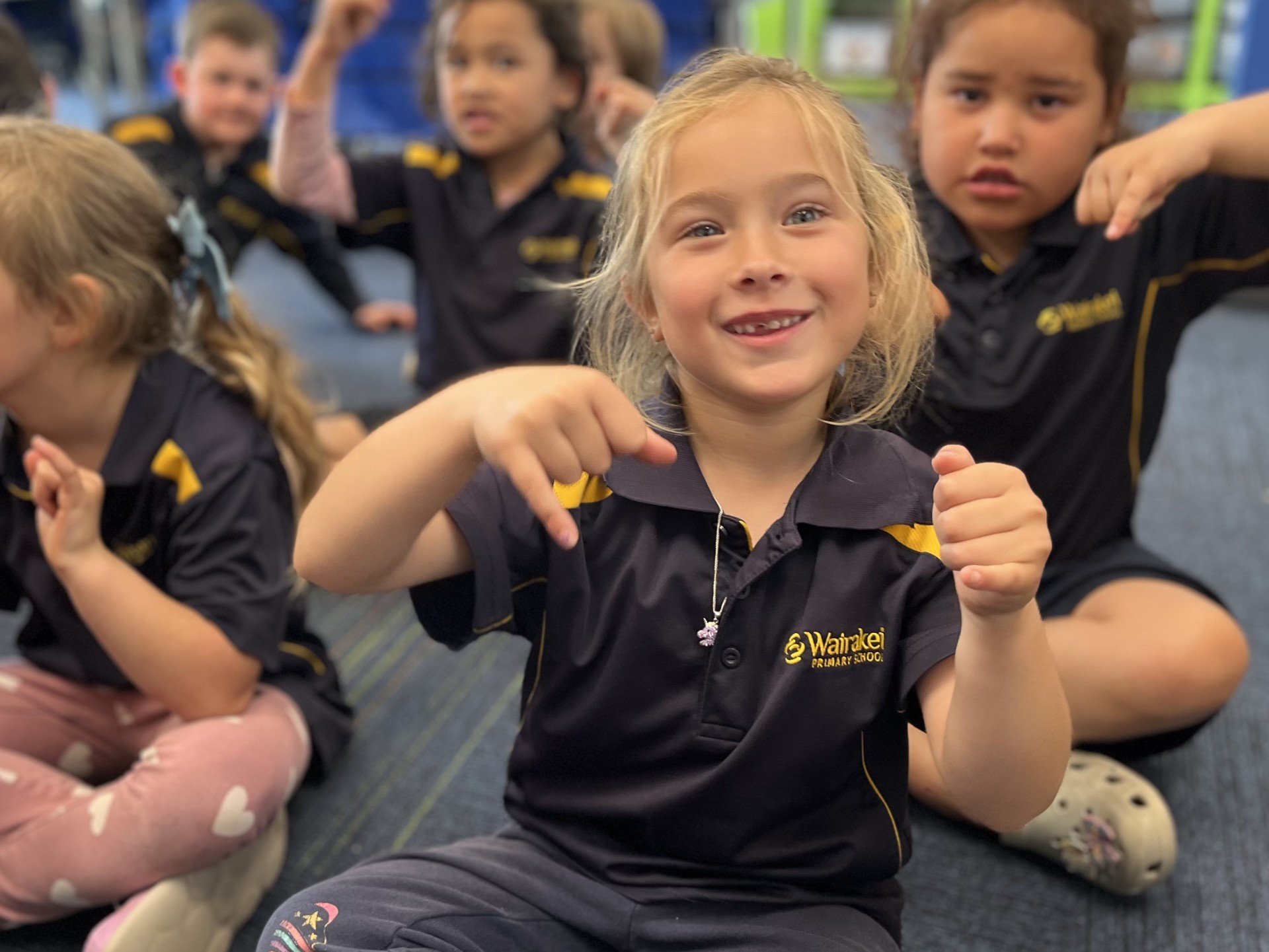
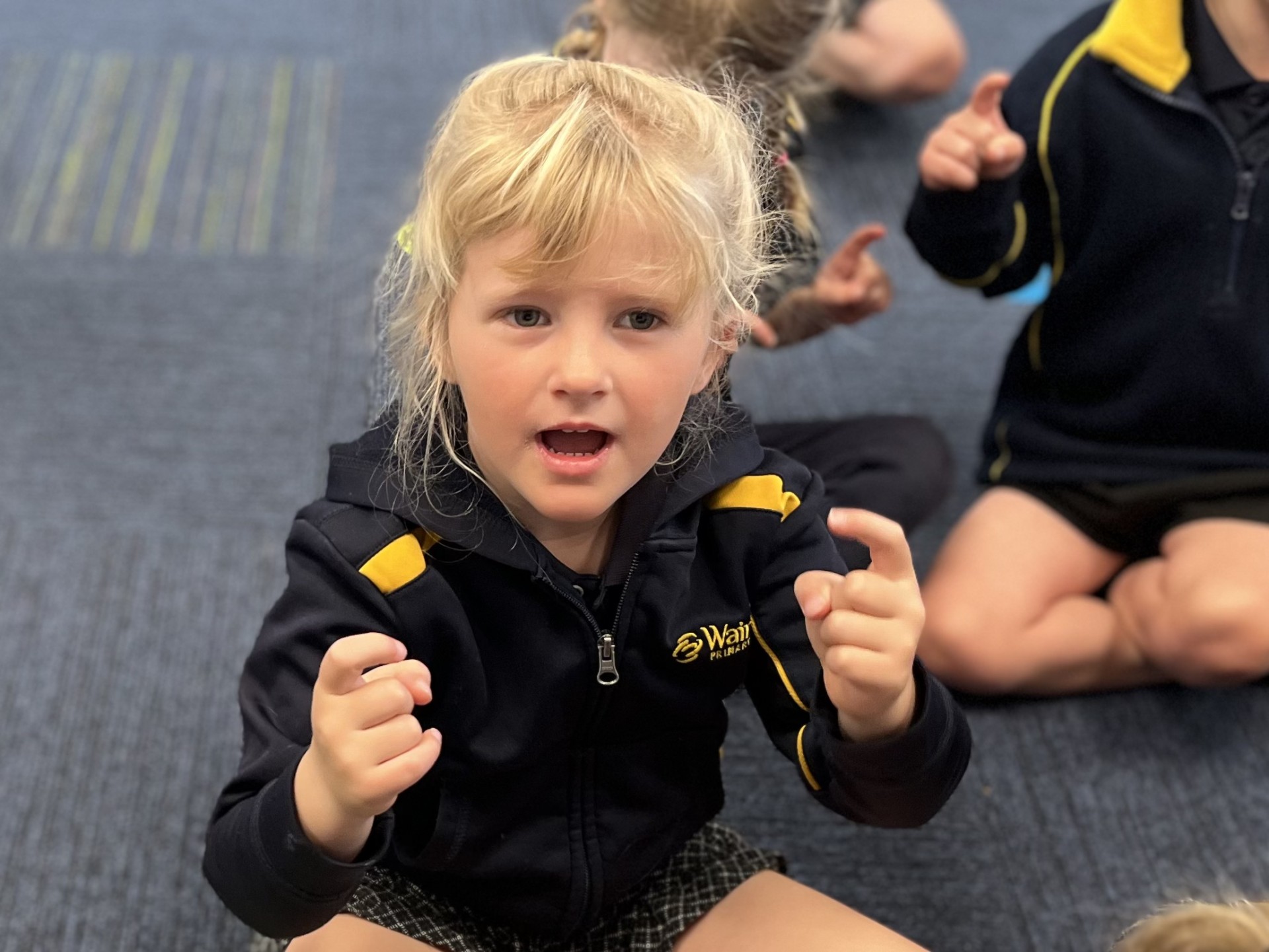


Comments
No one has commented on this post yet.